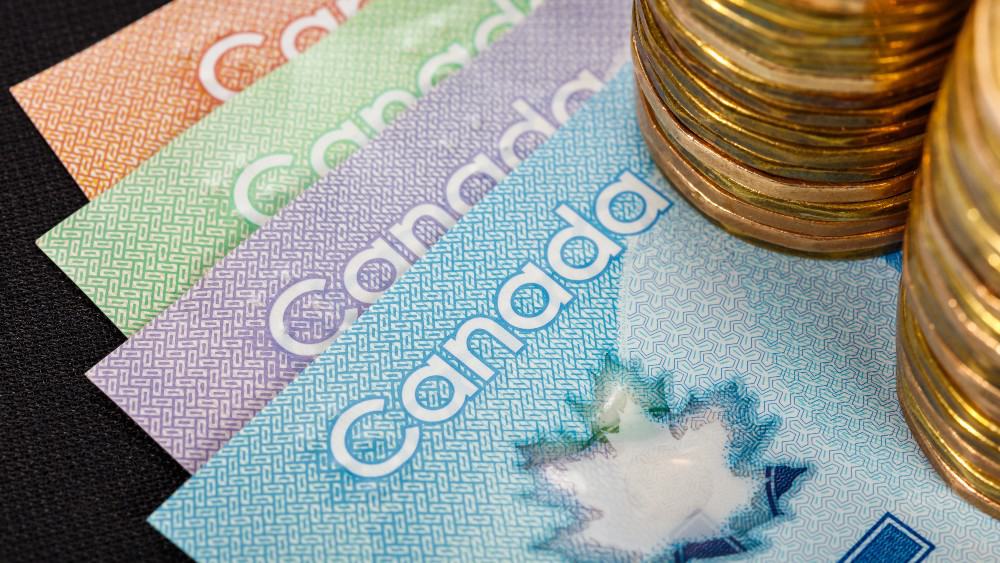The TFSA can help Canadians build tax-free financial safety nets to survive the next crisis.
Programs like CERB and CRB payments provide support during the pandemic, but the CRA considers the aid as taxable income, and the payouts have a limit.
TFSA investing
The government created the Tax-Free Savings Account (TFSA) in 2009 to give Canadians a tool to put cash aside for future goals. Most people use the TFSA for retirement planning or to save for a major purchase. However, the TFSA also comes in handy as an emergency fund.
The cumulative contribution space inside the TFSA is now $69,500. All gains on investments held inside the TFSA remain beyond the reach of the CRA, so people can receive a tax-free income stream on dividend payments.
If you don’t need the money right away, dividends can be used to buy new shares. Most companies have dividend-reinvestment plans (DRIP), where the payouts automatically purchase new shares inside the TFSA. Some even give investors a discount on the shares purchased through the DRIP.
Investors with a longer investing time horizon can take advantage of the power of compounding. This has the potential to turn a relatively small initial investment into a large savings portfolio that generates attractive income.
The best stocks to own in a TFSA
Top dividend stocks with track records of rising revenue and profit growth deserve to be on the buy list. The 2020 market correction provides new TFSA investors with a chance to buy a number of top stocks at cheap prices.
Let’s take a look at one top Canadian company to see why it might be a good pick right now for a TFSA income portfolio.
Bank of Nova Scotia
Bank of Nova Scotia (TSX:BNS)(NYSE:BNS) is Canada’s third-largest bank by market capitalization. Despite the pandemic, the bank remains very profitable. The strong personal and commercial banking, wealth management, and capital markets groups continue to earn solid profits.
Bank of Nova Scotia’s international operations, which are primarily located in Latin America, are going through a rough patch. This is why the stock trades at a discount to its peers, but the low multiple should be viewed as a buying opportunity. The pandemic will eventually pass, and Bank of Nova Scotia’s international business offers significant long-term growth potential.
The stock trades for close to $56 per share today. That compares to $74 in February. At the current price, you get an attractive 6.4% dividend yield with a shot a great upside as the economy recovers.
Long-term investors have done well with Bank of Nova Scotia. A $20,000 investment in the stock just 25 years ago would be worth about $385,000 today with the dividends reinvested.
That amount now generates $24,640 per year in dividends. If held inside a TFSA, the holdings would provide more than $2,000 per month in tax-free income!
The bottom line
The strategy of buying top-quality dividend stocks and using the distributions to acquire new shares is a proven one. Advisors recommend building a diversified TFSA portfolio.
Fortunately, the TSX Index is home to many high-quality companies that have delivered fantastic returns for long-term investors.










